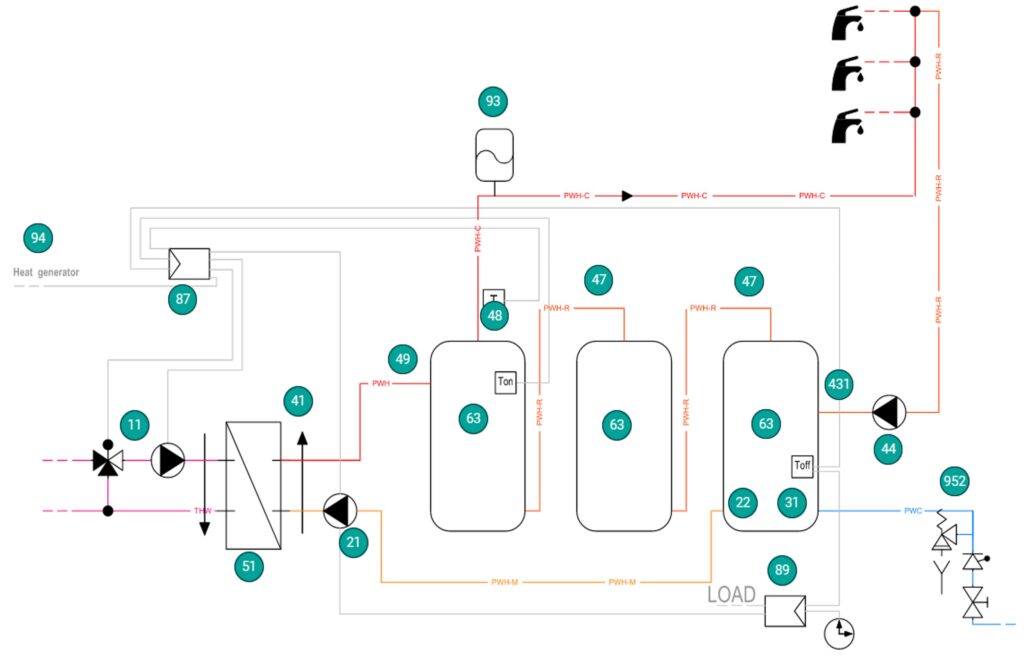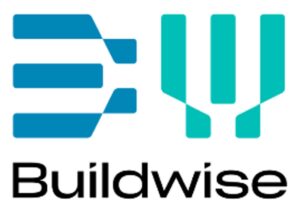
Highlighting the Latest International Plumbing Research from Belgium
In this edition we delve into some of the fantastic work being conducted by Buildwise in Belgium, with this article focusing on domestic heated water sizing, the reuse potential of drainage water from construction sites and the quality of treated greywater.
As a global leader in the plumbing industry, the International Code Council has the privilege of collaborating with several international universities, academic institutions and research partners. With so many organizations making significant contributions to plumbing knowledge worldwide, staying updated with the latest research and academic findings can be challenging.
Through the Code Council’s PMG Newsletter, we aim to spotlight these outstanding contributions from various regions, showcasing one country at a time.
In this edition we delve into some of the fantastic work being conducted by Buildwise in Belgium, with this article focusing on domestic heated water sizing, the reuse potential of drainage water from construction sites and the quality of treated greywater.
Domestic Hot Water Production for Collective Residential Buildings: Development of a Belgian Sizing Method
For this research project, the Buildwise research team compared different sizing methods for domestic hot water (DHW) production for several multi-family residential buildings, commonly applied in Belgium. This quantitative and qualitative analysis has shown that the results are very different for a given building.
To avoid arbitrarily defining the best available approach, a new calculation method has been developed for defining this thermal load as a function of typical draw-off profiles based on DWH consumption measurement campaigns in Belgium and for different hydraulic configurations.
The four key steps to this development include:
- Creating demand profiles based on measurement campaigns
- Developing dynamic simulation environments for different hydraulic configurations
- Conducting sensitivity studies
- Defining typical power-volume curves
Step 1 – Creation of Demand Profiles
The draw-off profiles considered have a fundamental impact on the sizing of DHW preparation systems.
The draw-off profiles constructed were based on measurement campaigns carried out since 2011. To ensure safety while avoiding oversizing the installations, it was decided to consider “maximum consecutive draw-off profiles.”
Based on the measurement campaigns, the aim is to determine the maximum consecutive flow rates observed over specific time intervals (= resolution). In other words, the DHW volume used is calculated using a “sliding” sum until it covers a full day campaign. The resolutions considered range from 1 minute to 1440 minutes, including 1, 2, 3, 5, 10, 20, 30, 45, 60, …420, 435, and 1440 minutes.”
In this way, a fictitious day is reconstructed reflecting the most restrictive energy demands encountered during the measurement campaign. These fictitious profiles were made for buildings of different sizes ranging from 5 to 250 apartments.
Step 2 – Creation of Several Dynamic Simulation Environments.
Simulations are necessary to calculate the thermal load required for DHW production to meet these maximum draw-off profiles.
Preliminary calculations and recent literature on the subject have shown that the sizing of a DHW system also depends on the type of hydraulic configuration chosen by the designer.
Therefore, it was necessary to develop as many dynamic models as there are possible hydraulic designs, including:
- Instantaneous production with plate heat exchanger
- Production with internal or external heat exchanger in a DHW tank
- Production with internal or external heat exchanger in a technical water storage tank
- Production with internal or external heat exchanger in 2 or more DHW tanks in series
- Production with internal or external heat exchanger in 2 or more DHW tanks in parallel
- Pure storage heating with internal heat exchanger or internal heater
These dynamic simulation environments were validated by comparing their results with real installations data (calibration approach).
Step 3 – Sensitivity Study
When creating the basic models for dynamic simulations, a series of assumptions were made. Sensitivity studies are therefore extremely important, as they reveal, among other things:
- Which parameters have the greatest impact on the sizing of the production
- Possible encoding errors
- The effectiveness (or lack thereof) of certain control modes
- The best way to design the system
Step 4 – Results and Definition of Typical Power-volume Curves (PV-Curves)
To characterize the thermal load required for DHW production, three types of results are provided:
- For instantaneous production systems: the required power
- For semi-instantaneous systems (with energy storage): PV-Curves. These curves allow designers to choose from a wide range of options between power and volume
- For pure storage systems: a single value of both volume and power
To define the optimal sizing of an installation, an installation needs to meet the following four requirements:
- Maintain the required temperatures to ensure comfort and legionella control (60°C at the storage tank outlet and 55°C at all points in the system)
- Reduce energy consumption for DHW production
- Reduce number of on/off cycles (minimum 15 minute heat generator operation)
- Ensure that the heat generator switches off at least once a day to avoid continuous operation.
The results were disseminated through another research project which developed a computer application that allows users to obtain the results by answering a dozen simple questions. This application is freely available, here.
Each result is associated with a hydraulic diagram, where users can click on various components of the system to receive more information and advice, as shown below.

Authors: Benoit Poncelet et Colin Jacques
Reuse Potential of Drainage Water from Construction Sites
A research study was conducted between 2021 and 2024 to consider the reuse potential of drainage water from construction sites, particularly in Belgium, where water scarcity due to climate change is a growing concern. The study aimed to assess the quality of drainage water from construction sites and its feasibility for reuse in residential sanitary installations, such as for toilets and washing machines.
A sampling campaign evaluated the physicochemical and microbiological quality of drainage water from 33 construction sites and key findings showed that the drainage water often contains higher levels of contaminants compared to rainwater, including elevated levels of dissolved iron, suspended solids and Chemical Oxygen Demand (COD), which is indicative of pollution.
Microbiological analysis revealed the presence of bacteria such as Coliforms, E. Coli, Enterococci, and sulphate-reducing bacteria (SRB), posing potential health risks if the water is reused without proper treatment.
The study highlights that, while drainage water can be useful in certain non-potable applications (e.g., garden watering), it concluded that it should not be used directly in sanitary installations without additional treatment due to the risk of bacterial contamination, corrosion, and water quality issues. The presence of SRB (sulphate-reducing bacteria) and iron-related bacteria was particularly concerning, as they could cause infrastructure damage and be difficult to eliminate once present in domestic water systems.
The study calls for further research into cost-effective treatment methods and regulatory frameworks to enable the safe reuse of drainage water. Currently, it is advised not to use this water in residential settings without significant treatment.
Study on the Quality of Treated Greywater
On a related subject, consideration into the quality of treated greywater was also studied to consider the potential non-potable applications such as toilet flushing, laundry and garden irrigation. The research analyzed different greywater treatment systems to assess the quality of the water they produce. With increasing droughts and limited rainwater supplies, greywater reuse is becoming a noteworthy option for sustainable water conservation.
Greywater, originating from sinks, showers and washing machines, does not include water from toilets (black water). The study focused on two types of greywater treatment systems: a Living Wall System (LWS), a plant-based biological system, and a biomechanical system that combines physical, biological and chemical treatment processes. Both systems were evaluated for their ability to treat greywater for reuse.
Samples of untreated greywater, treated greywater, and rainwater (used as a reference) were analyzed for physicochemical and microbiological parameters. Results showed that both treatment systems significantly improved water quality, with reductions in conductivity, suspended solids, and Chemical Oxygen Demand (COD). The treated greywater quality was comparable to untreated rainwater, making it suitable for non-spray applications like toilet flushing. However, both treated greywater and rainwater samples exceeded bacterial thresholds for spray applications (e.g., garden sprinklers), indicating a health risk if used in such scenarios.
The study concluded that in Belgium, greywater reuse is feasible for non-spray applications, though further research is needed on long-term system performance and stability. Both systems showed promise, with the biological system performing slightly better in nitrogen removal. The article emphasizes the need for further regulatory clarity on water quality standards to ensure safe greywater reuse.
To stay updated on PMG-related news, subscribe to the Code Council’s PMG newsletter here.







